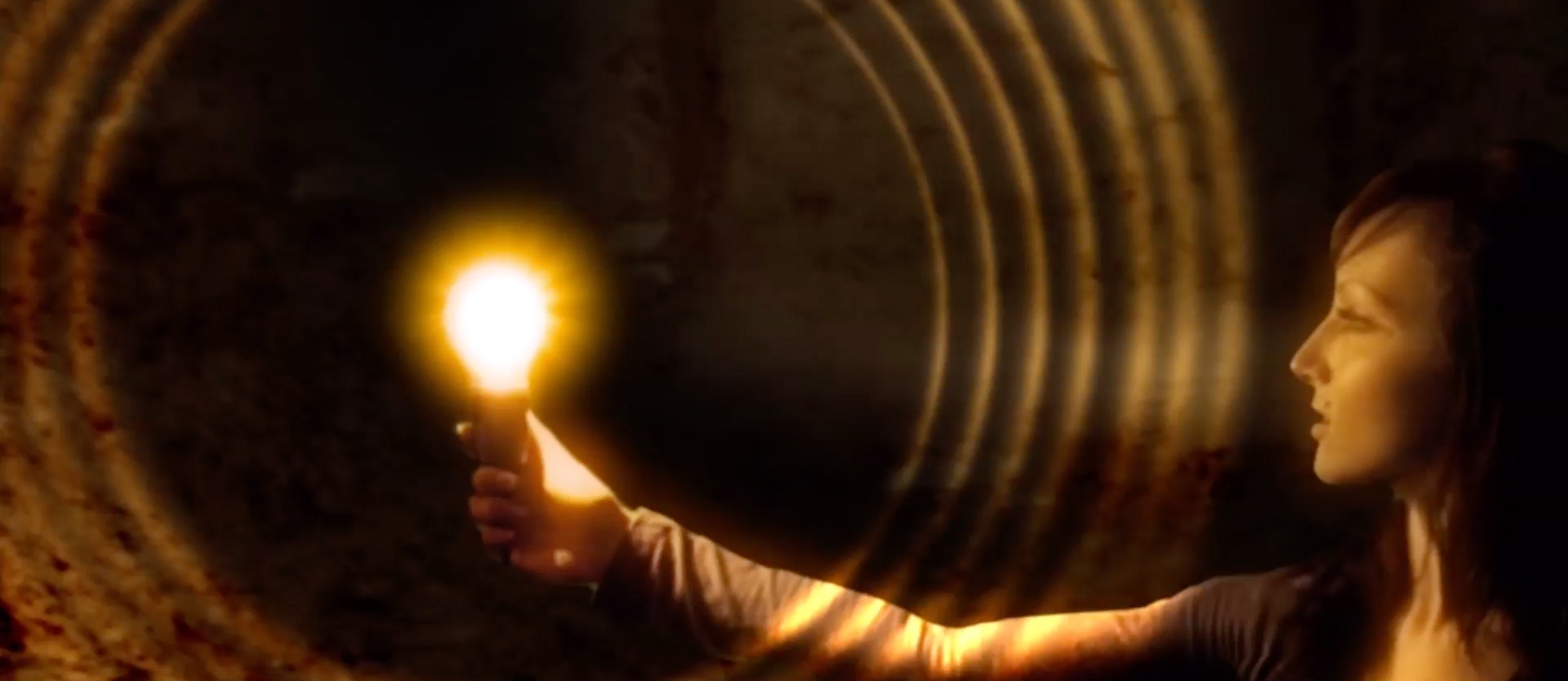History of Light

For a long time, the Sun was the only light source that the human race had. Then, around 300,000 years ago, prehistoric man discovered fire as a source of heat and light. Campfires – and later pine torches and oil and tallow lamps – brought light and life into caves where no ray of sunlight ever entered. The magnificent drawings in the cave of Altamira – dating from around 15,000 years ago – could only have been executed in artificial light.
Lights not only burned in enclosed spaces; they also dispelled darkness outdoors. The lighthouse at Alexandria started sending out signals around 260 B.C. and there is evidence from 378 A.D. that there were "lights in the streets" of ancient Antioch.
Evidence of ornamental and functional fixtures being created to hold the precious light giving flame extends back to very early times. Liquid-fuelled lamps were in use for thousands of years. A major improvement came with Aimé Argand's invention of the round burner in 1783. The same year, a process developed by Mickelaers was used to extract "lighting gas" from pit-coal for gas lamps.
Oil lamps, torches and candles remained in use through to the 19th century – all of them light sources fuelled by oil or gas. The smell was unpleasant and the open flames dangerous.
The age of electric lighting
The development of better light sources stemmed from a growing understanding of scientific relationships. Experiments with electric arc lamps, for instance, were conducted as early as the 18th century. But they did not acquire a practical significance until Werner Siemens' development of the dynamo in 1866. Now, electricity could be generated economically.
But the age of electric lighting only really began in 1879 – the year in which Thomas Alvar Edison "re-invented" the incandescent lamp. He produced the first practical light bulb, although earlier designs for one had been presented in 1854 by a German watchmaker called Johann Heinrich Goebel. The incandescent light bulb with the tungsten filament came onto the market. Not long afterwards, it was joined by the first discharge lamps.
Today, every second outdoor luminaire and more than 30 percent of indoor luminaires are equipped with LED modules (Source: 2015, ZVEI). Light has become increasingly dynamic.
The switch to LED lighting and the development of intelligent lighting control systems are not only the key to extremely energy-efficient lighting solutions. In addition, they offer completely new applications that were previously unthinkable – and thus a wealth of possibilities to adapt the lighting to the functional, emotional and biological needs of people better than ever before.
A guest contribution by courtesy of www.licht.de













